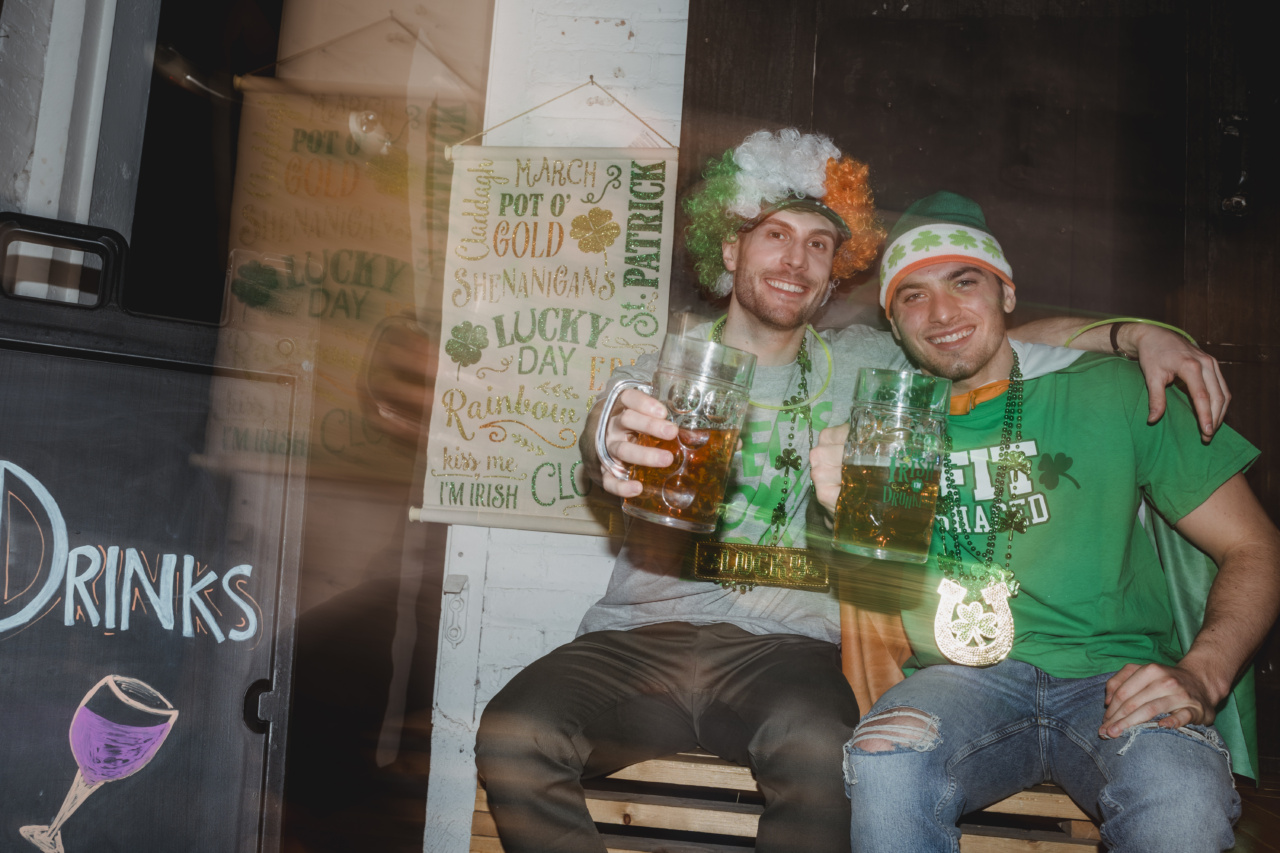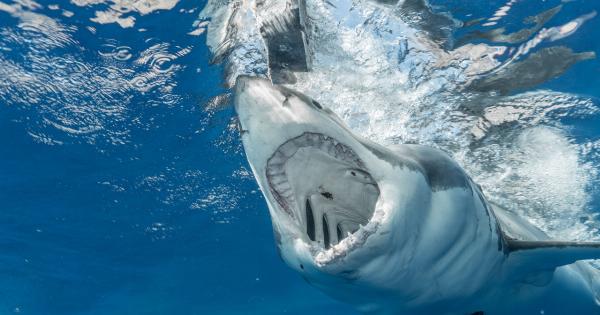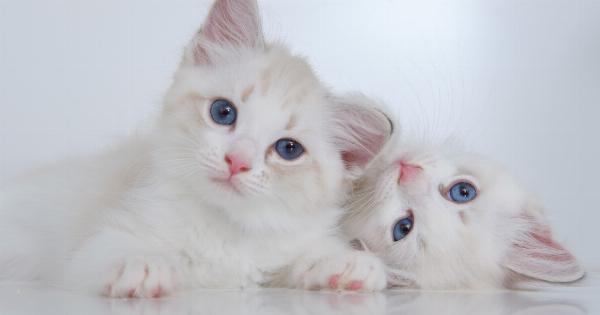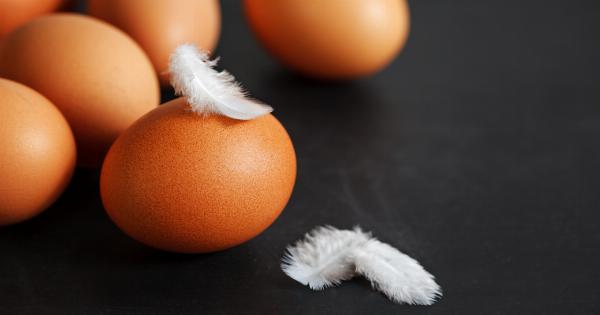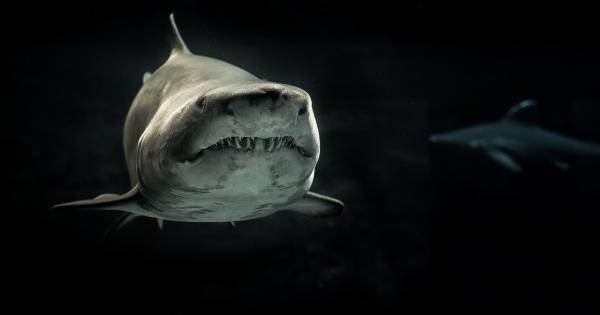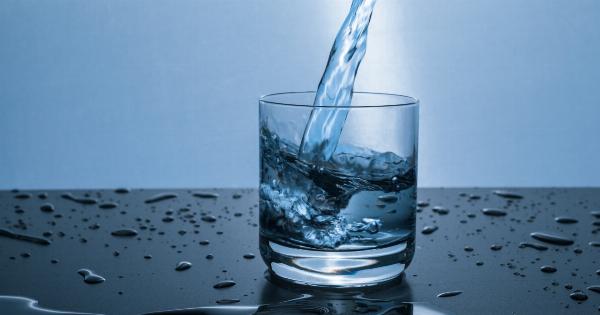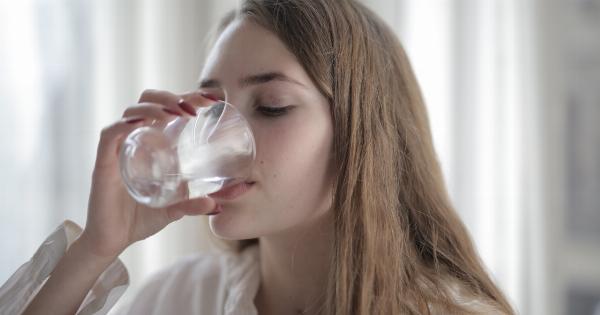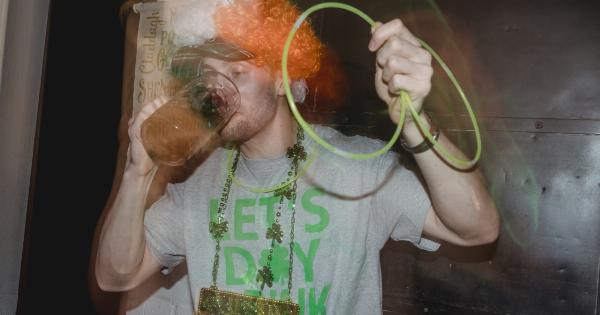Lorem ipsum dolor sit amet, consectetur adipiscing elit. Aliquam tincidunt semper vulputate. Ut auctor mi quis risus aliquet tempus. Nullam eget rhoncus quam. Integer convallis pharetra metus, nec ullamcorper libero ultrices at.
Aliquam sit amet elit ac sem eleifend ultrices. Integer tincidunt id justo a lacinia. Vivamus id arcu nulla. Sed posuere metus ut purus aliquam tristique. Aliquam et aliquet mauris, a maximus quam.
The Science Behind Carbonation
Carbonated drinks such as soda, sparkling water, and champagne are known for their effervescence and the satisfying tingling sensation they provide when consumed.
But have you ever wondered what causes this fizziness? To answer this question, we need to take a closer look at these beverages through a microscope.
Microscopic Analysis of Bubbles
When we examine a fizzy drink under a microscope, we can observe the formation and characteristics of the bubbles. The bubbles in carbonated drinks consist of carbon dioxide gas.
These gas bubbles are encapsulated within a liquid, forming a thin film surrounding them. The liquid in the drink acts as a medium for the gas bubbles to exist.
Carbonation Process
The carbonation process occurs during the production of these beverages. The liquid, whether it is water or any other base ingredients, undergoes a pressurization process that introduces carbon dioxide gas into the solution.
The pressurized carbon dioxide dissolves into the liquid, creating a supersaturated solution.
Nucleation Sites
Once the carbonated beverage is opened or poured, the sudden change in pressure allows the dissolved carbon dioxide to escape, forming bubbles.
These bubbles emerge from tiny imperfections or “nucleation sites” present on the walls of the container and over the surface of any added ice or other solid particles. These nucleation sites provide a surface onto which the gas can quickly gather and form bubbles.
Size and Stability of the Bubbles
The size and stability of carbonation bubbles depend on various factors, including the concentration of dissolved carbon dioxide, temperature, and the presence of impurities in the liquid.
Bubbles that form near the surface usually grow larger and rise faster due to the lower pressure at the top.
Sparkling Water vs. Soda
Comparing two beverages, namely sparkling water and soda, we can observe notable differences under the microscope. Sparkling water, typically only purified water with added carbonation, has a more uniform pattern of bubbles.
On the other hand, soda, which contains additional ingredients like sweeteners, flavorings, and preservatives, displays more complex bubble formations.
Effects of Temperature
The temperature of the carbonated drink also affects the fizziness observed under the microscope. Warmer temperatures generally cause the carbon dioxide gas to escape more rapidly, leading to larger and more turbulent bubbles.
Conversely, colder temperatures slow down the gas’s escape, resulting in smaller and more stable bubbles.
Additional Considerations
It’s important to note that excessive shaking or swirling of a carbonated drink can lead to a loss of carbonation. The agitation causes the liquid to release more dissolved gas, resulting in a flatter and less fizzy beverage.
Microscopic Applications
Microscopic analysis of carbonated drinks can have various applications. Researchers and manufacturers can use this technique to study and improve the formulation of beverages.
Understanding the microscopic properties of bubbles can also aid in the development of packaging materials and techniques that minimize the loss of carbonation.
Conclusion
Examining the fizzy drink through a microscope reveals the fascinating world of carbonation. The microscopic analysis provides insights into bubble formation, size, stability, and the impact of factors such as temperature.
With this knowledge, we gain a deeper understanding of the science behind the effervescence that makes carbonated beverages so enjoyable.
